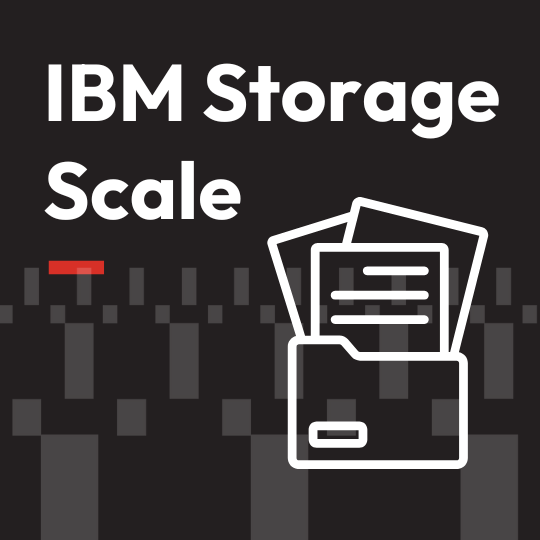What is unstructured data and why is it valuable?

Unstructured data is typically composed of multiple pieces of information that are not tied together in a logical or organized way. These pieces of information may include text, images, videos, and other types of multimedia files. Unstructured data can be challenging to work with because it does not conform to a traditional database schema and often requires additional processing steps to turn it into useful information.
On top of that, it’s exploding! Unstructured data is roughly doubling every year and makes up about 80% of an organization’s entire data set. This trend has created a need for advanced computer processing skills and high-throughput storage systems to handle the large volumes of information, which can become very expensive depending on the tools you turn to for help.
There are several technologies available to analyze unstructured data productively. These include machine learning algorithms, natural language processing (NLP) algorithms, database tools, statistical analysis methods, and visual analytics tools. These techniques can help extract valuable insights from unstructured data by predicting patterns, making predictions, or identifying trends.
Dell Technologies has multiple flexible, easy-to-manage solutions to support unstructured data. View the cutsheet to see how Dell solutions efficiently consolidate a wide range of file and object storage workloads at any scale, all while enhancing the performance of the most demanding workloads.













